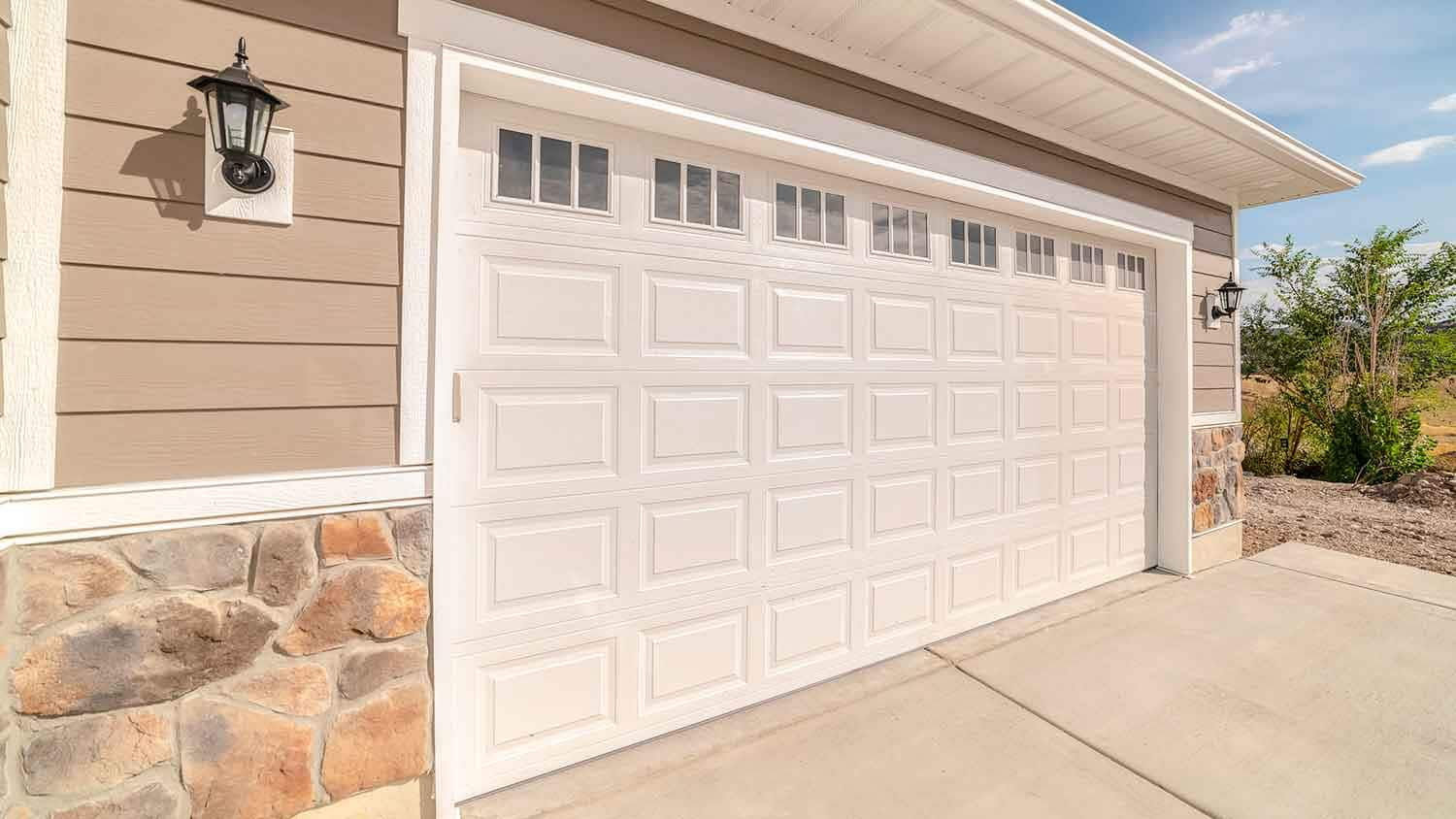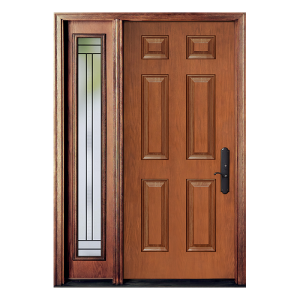Weatherstripping plays a crucial role in maintaining the comfort of your home by blocking drafts and keeping conditioned air inside. Replacing old or damaged weatherstripping can significantly improve your home’s energy efficiency.
Understanding Weatherstripping
What is Weatherstripping?
Weatherstripping refers to the process of sealing openings such as doors and windows from air leaks. It involves applying materials that fill the gap between the door or window and its frame. In areas like Custom Screen Doors Los Angeles, where style and functionality meet, ensuring a proper seal can also enhance aesthetic appeal and further reduce energy costs.
Types of Weatherstripping Materials
-
- V-strip (or tension seal): Plastic or metal strip that springs open to fill gaps.
- Felt: Soft and inexpensive, available in rolls. Less durable but easy to install.
- Foam tape: Made from open or closed-cell foam, or EPDM rubber. Adhesive-backed.
- Door sweeps: Flat pieces installed at the bottom of doors to seal the gap.
Signs You Need to Replace Weatherstripping
- Visible wear and tear like cracks or gaps.
- Increased draftiness around doors and windows.
- Difficulty heating or cooling your home efficiently.
Preparing for Weatherstripping Replacement
Tools and Materials Needed
- Measuring tape
- Utility knife or scissors
- Weatherstripping material
- Cleaning supplies (e.g., soap and water, fine sandpaper)
Choosing the Right Type
Select a weatherstripping type that fits the specific needs of your door or window, considering factors like the size of the gap and exposure to weather elements.

Surface Preparation
Ensure the surface where you will apply the weatherstripping is clean and dry. Remove any old weatherstripping and clean the area thoroughly to improve adhesion.
Step-by-Step Guide to Replacing Door Weatherstripping
-
- Measure the Door: Measure the sides and top of the door to determine how much weatherstripping you need.
- Cut the Weatherstripping: Cut your selected material to the lengths measured.
- Install the Weatherstripping:
- Start at the top of the door frame, then move to the sides.
- Peel the backing off the adhesive strip and press firmly into place.
- For non-adhesive types, you may need to use nails or staples.
Tips for a Tight Seal
- Ensure corners are tightly sealed by overlapping strips slightly.
- Use a hairdryer to gently warm adhesive strips for better flexibility and adhesion.
Step-by-Step Guide to Replacing Window Weatherstripping
- Identify the Type Needed: Check if your window requires adhesive-backed foam, V-strip, or another type of weatherstripping.
- Remove Old Weatherstripping: Carefully remove any old material and clean the surface.
- Apply New Weatherstripping:
- Measure and cut the new strips.
- Apply from the top down, pressing firmly into place.
Checking Alignment and Seal
After installation, check each window by closing it to ensure there is no air leaking through. Adjust as necessary.
Additional Tips for Improved Insulation
- Troubleshooting Common Issues: If doors or windows don’t close properly, adjust the thickness or positioning of the weatherstripping.
- Testing for Leaks: On a windy day, hold a lighted candle ne important site ar the weatherstripped area; a flickering flame indicates a leak.
- Maintenance: Regularly check and replace worn-out weatherstripping to maintain insulation efficiency.
The Benefits of Proper Weatherstripping
- Energy Savings: Proper sealing can significantly reduce heating and cooling costs.
- Comfort: Reduces drafts and cold spots in your home.
- Environmental Impact: Less energy use reduces your carbon footprint.
When to Seek Professional Help
If you encounter complex issues or if the installation is part of a larger renovation, it might be wise to hire a professional. They can ensure that the job is done efficiently and correctly.
Conclusion
Regularly checking and replacing weatherstripping is key to maintaining an energy-efficient home. This guide provides you with all the information needed to ensure your doors and windows are properly sealed.

Hello! I’m Tyler Glasheen, your go-to expert at PaneCrafters for all things related to window and door installations. With over 15 years of experience in the industry, I’ve dedicated my career to mastering the art of fitting, upgrading, and maintaining windows and doors for both residential and commercial spaces.




